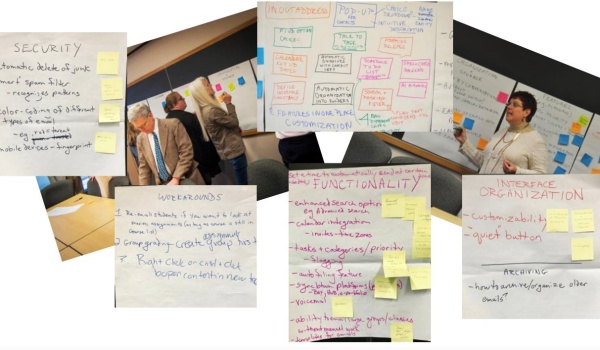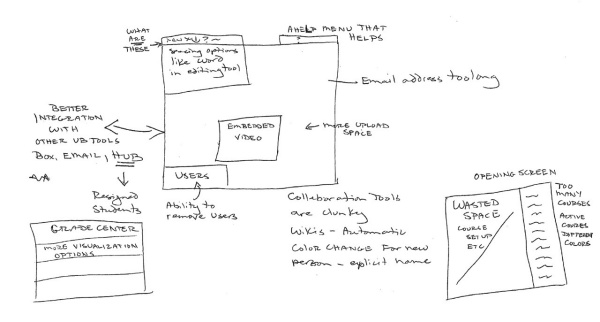

Published January 28, 2020 This content is archived.
Making libraries work for all
Inviting older adults back to libraries — with a twist
Valerie Nesset’s innovative approach to help people with different backgrounds collaborate led her to win a $451,667 grant to address a current problem at libraries and leave an enduring legacy: Help retirees create library programming they want. And, train librarians and their patrons to get good results together.
Until now there has been little academic research emphasis on the library needs of older adults. Nesset believes they deserve their own tailored programming.
There is a perception among the older set that libraries aren’t for “them.” “I think right now they’re just not coming to the library,” she said. “We need to go to the horse’s mouth to find out what they’re needs are.”
To collect ideas from librarians and patrons during the next three years of the grant, she will partner with three libraries — one urban, suburban and rural — in the Buffalo and Erie County Public Library system.
“Unfortunately, unlike children’s and young adult library services that enjoy a long history of specialized research and education, there is little empirical research or education specific to older populations,” said Nesset. “This research is unique in that it is, in effect, ‘by the people for the people.’”
The retiree research gap was a perfect opportunity to apply the collaboration process Nesset calls “Bonded Design.” That’s because the groups who come together to problem solve within her workshop-like design sessions bond. They wind up with better interactions and relationships because of the process.
Bonded Design works like this to develop ideas: People start by brainstorming alone, using paper to draw out ideas. They then come together to share their work, discuss and evaluate and prioritize ideas with Post-It notes.
When she tried out the technique with faculty and the IT department a couple of years ago, they had great ideas about how to make some software more faculty friendly, like making instructions easier to find. Now the Information Technology division is working to set up more, similar collaborations throughout the university.
Nesset hopes the results of her library version of Bonded Design sessions will be far reaching, too. “I want to make a positive difference in my little part of the world,” she said, “and this is a way that I think I can do it.”
Her husband Jan, a retired metallurgical engineer, was her inspiration. He didn’t need the basic computer help often offered at libraries. But she knew he could use it for topics outside his professional training, like how to do health research online.
She expects there are many other untapped ideas that people 60 and older would be glad to take advantage of. “I wanted to make this different so libraries could reach out to their older patrons: ‘We don’t know what you want. Come help us to do it,’” said Nesset.
Tuesday News Briefs feature the stories of the Graduate School of Education faculty, students and alumni who are engaged in their communities and making an impact through their hard work, dedication and research initiatives. If you have a story to share, please email us with the details for consideration as a future news feature.

